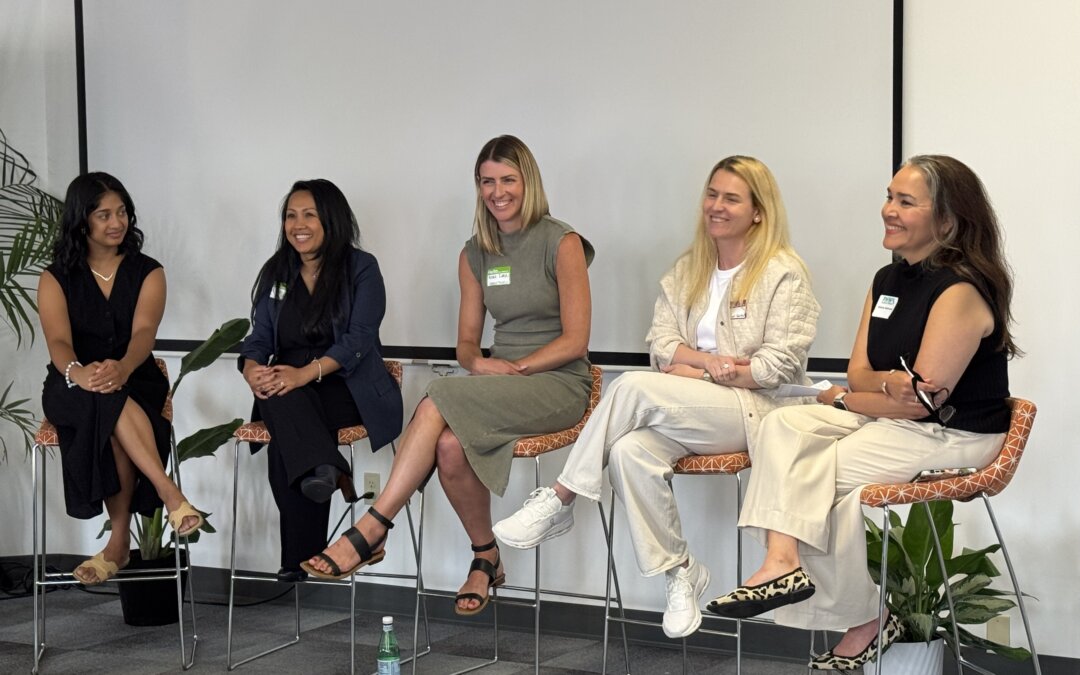By someone who remembers both dial-up and the dot-com hype, and still hates being sold to
The time it takes to research, compile and write newsletters is not insignificant. So your newsletter needs to work for you, and connect with your readers. Let’s be real, does your newsletter suck?
Are they too long, too self-important, or just plain forgettable? In climate, a space where trust, education, and urgency matter—you can’t afford to be forgettable. Your newsletter isn’t just a vanity project. It’s a workhorse. A connection-builder. A shot at being top-of-mind when your audience is ready to click, act, or invest.
So what makes a newsletter actually work?
First, the Metrics That Matter
Before we talk copy or design, let’s talk results. A newsletter should do something. That might mean driving traffic, encouraging signups, sparking conversations—or just reminding your list you exist and have something worth saying.
Here’s the cheat sheet:
- Open rate: 40–60% (assuming you’re sending to a clean, warm list)
- Click rate: 2–5%
- Reply rate: 1%+ (rare, but powerful if you write like a human)
- Unsubscribe rate: Under 0.5% (don’t panic if salesy emails push it higher)
But let’s be real—those numbers only matter if your newsletter is tied to a goal. Are you trying to bring in qualified leads? Educate future buyers? Get policy influencers to care? Your content needs to reflect that intent.
Let’s break down what actually works, especially in our industry, where complexity can kill clarity.
1. Subject Lines That Spark Curiosity
Subject lines are the front door. If they’re boring, no one’s walking in.
💥 Bad: “June Newsletter – Company Updates”
🔥 Good: “Why this clean tech fund just backed algae over batteries”
🔥 Good: “The $0 marketing tactic that got us 3 investor meetings”
You want to pique curiosity without sounding like clickbait. And yes, sounding like a person, not a corporate press release, is key.
2. A Hook That Actually Hooks
The first two lines should pull people in.
- A bold statement: “Microplastics have been found in the brain, equivalent to the size of a plastic spoon in our bodies.”
- A personal note: “I almost didn’t send this.”
- A stat that makes you look twice: “This one AI-control cut energy use by 27% in a 150-year-old building.”
That hook has to earn the scroll. Especially with VCs, policy folks, or climate nerds who have a million other tabs open.
3. Clear, Value-Driven Content
Stop recapping your press mentions. Instead, offer content that helps your reader:
- Understand an emerging policy
- Learn something actionable about your tech
- See a surprising result from your pilot project
- Know what to do next
👉 Examples:
- Watershed does this brilliantly by turning climate data into digestible insights.
- Volts by David Roberts keeps subscribers in the loop on energy policy without drowning them in jargon.
- Canary Media’s newsletters are sharp, well-structured, and consistent in tone—like talking to a smart friend who reads everything.
4. A CTA That Isn’t “Read More”
Your call to action doesn’t always have to be a sales push. But it should invite engagement.
- “Want help designing your pilot project? Let’s talk.”
- “Reply with your biggest blocker to scaling your business.”
- “Click here to see how [startup] reduced their customer acquisition cost by 40%.”
Tell people what to do next. Because if you don’t, they won’t.
Final Thought: Consistency Builds Connection
The newsletters that win? They sound like someone you want to hear from. They show up regularly. They feel human. And in a space like climate tech, where trust, community, and real-world impact matter more than ever, that tone is your unfair advantage.
So if you’re going to hit “send,” make it worth your reader’s time. Start with a hook, offer real value, and write like someone who doesn’t need a brand committee to approve every word. We’re in the business of changing the world. Our emails should at least make someone want to keep reading.
📩 Want feedback on your climate newsletter? Shoot us an email. We’re always down to jam: [email protected].
Written by
Melanie Adamson
Melanie has worked tirelessly for over twenty years to shape marketing strategies and storytelling for energy and climate tech. She is passionate about making climate technologies universal while ensuring climate justice for all, which drives her leadership, innovation and mentorship. Mel envisions using Alder and Tofu as a platform to extend the climate message, activate complacent norms, and influence a new generation of climate heroes. When Mel isn’t running Alder, she loves cooking for family and friends, and sharing stories with a glass of French or Spanish red wine.



